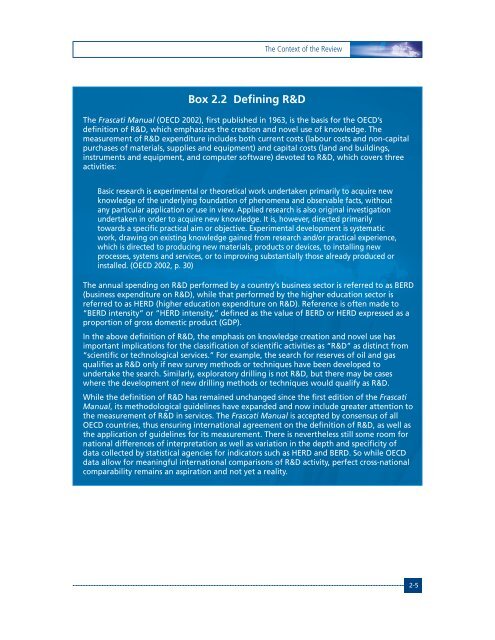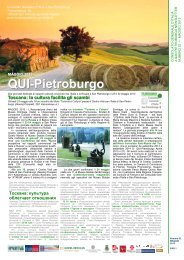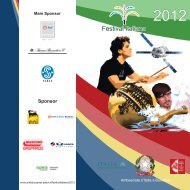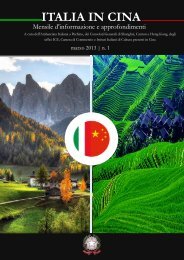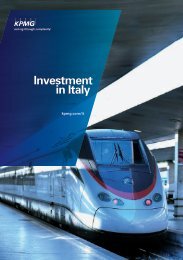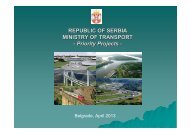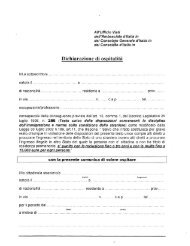Innovation Canada: A Call to Action
Innovation Canada: A Call to Action
Innovation Canada: A Call to Action
You also want an ePaper? Increase the reach of your titles
YUMPU automatically turns print PDFs into web optimized ePapers that Google loves.
The Context of the ReviewBox 2.2 Defining R&DThe Frascati Manual (OECD 2002), first published in 1963, is the basis for the OECD’sdefinition of R&D, which emphasizes the creation and novel use of knowledge. Themeasurement of R&D expenditure includes both current costs (labour costs and non-capitalpurchases of materials, supplies and equipment) and capital costs (land and buildings,instruments and equipment, and computer software) devoted <strong>to</strong> R&D, which covers threeactivities:Basic research is experimental or theoretical work undertaken primarily <strong>to</strong> acquire newknowledge of the underlying foundation of phenomena and observable facts, withoutany particular application or use in view. Applied research is also original investigationundertaken in order <strong>to</strong> acquire new knowledge. It is, however, directed primarily<strong>to</strong>wards a specific practical aim or objective. Experimental development is systematicwork, drawing on existing knowledge gained from research and/or practical experience,which is directed <strong>to</strong> producing new materials, products or devices, <strong>to</strong> installing newprocesses, systems and services, or <strong>to</strong> improving substantially those already produced orinstalled. (OECD 2002, p. 30)The annual spending on R&D performed by a country’s business sec<strong>to</strong>r is referred <strong>to</strong> as BERD(business expenditure on R&D), while that performed by the higher education sec<strong>to</strong>r isreferred <strong>to</strong> as HERD (higher education expenditure on R&D). Reference is often made <strong>to</strong>“BERD intensity” or “HERD intensity,” defined as the value of BERD or HERD expressed as aproportion of gross domestic product (GDP).In the above definition of R&D, the emphasis on knowledge creation and novel use hasimportant implications for the classification of scientific activities as “R&D” as distinct from“scientific or technological services.” For example, the search for reserves of oil and gasqualifies as R&D only if new survey methods or techniques have been developed <strong>to</strong>undertake the search. Similarly, explora<strong>to</strong>ry drilling is not R&D, but there may be caseswhere the development of new drilling methods or techniques would qualify as R&D.While the definition of R&D has remained unchanged since the first edition of the FrascatiManual, its methodological guidelines have expanded and now include greater attention <strong>to</strong>the measurement of R&D in services. The Frascati Manual is accepted by consensus of allOECD countries, thus ensuring international agreement on the definition of R&D, as well asthe application of guidelines for its measurement. There is nevertheless still some room fornational differences of interpretation as well as variation in the depth and specificity ofdata collected by statistical agencies for indica<strong>to</strong>rs such as HERD and BERD. So while OECDdata allow for meaningful international comparisons of R&D activity, perfect cross-nationalcomparability remains an aspiration and not yet a reality.2-5


